|
This past Sunday, I felt honored to be part of the recording of Rippercast The episode, no. 51, is a wide-ranging discussion of various aspects of “Blind Man’s Buff,” a caricature for Punch, or the London Charivari, by **************** One of the topics that we discussed during the chat was the controversial The words were controversially expunged from the wall on the orders of Met It was noted recently in a posting on the Casebook message boards here Martin Fido made the point in Rippercast that both versions contain Israel Lipski Let me mention to you a little anecdote. A few evenings ago, I was Do you think the graffito is the real thing? What are your thoughts? Earlier Nineteenth Century View of Petticoat Lane Market, Spitalfields, London |
|
“Jack the Ripper” knife owned by Donald Rumbelow that featured in the There is a lot of debate about the type of knife that the Whitechapel
“Ripper” Neck cuts to Annie Chapman. ********************** My theory is a surgical knife did the cuts. Indeed, I had Students of the Ripper case will know, however, that there is some If you are able to watch it, see the episode tonight of “Deals from Keep an eye on YouTube for the episode of “Deals from the Dark Side” about the Ripper knife. Prior episodes of the show have been posted there, e.g., http://www.youtube.com/watch?v=zmLGO78ZKyY&feature=related. Also check out Steve Santini’s website “Medieval Torture: Dark Deeds in the Dark Ages”. Warning! Not for the faint of heart. |
|
As the U.S. Republican presidential race heats up, the media has been “. . . I saved some of the proper red stuff in a ginger beer bottle over the In both instances, the ha ha is underlined for emphasis:
To me, despite it being the most well known and notorious Ripper letter, But getting back to those ha ha’s and the Republican race here in the Cornwell believes ha ha to be a “peculiarly American laugh”. She suggests that Further Reading Patricia Cornwell, Jack the Ripper: Portrait of a Killer – Case Closed. Stewart P. Evans and Keith Skinner, Jack the Ripper: Letters from Hell. “Points To Ponder - Opinion On Authenticity Of The Ripper As Author Of Dear “Ripper Letters” at http://www.casebook.org/ripper_letters/ |
|
Last night, in Barnes and Noble in Union Station, Washington, D.C., I I confess, I’m not really “into” the American Civil War. As you might I picked up the issue of the Civil War mag because it had a picture or General The chalked word was probably scrawled by a Union soldier and stands as a The words famously washed from the brick wall of the tenement on the orders Police transcription of the famous “Goulston Street graffito” As with the graffito, we don’t know for sure if any of the “Jack the Ripper
Patricia Cornwell So therefore whether the graffito or letters were written by the killer is highly prob- What is true about the letters though is that they are a famous part of the The problem is that the police made a basic mistake after the first Dear Despite the claims of former Assistant Commissioner of Scotland Yard Sir A number of students of case continue to think that of any of the letters, Further Reading Patricia Cornwell, Jack the Ripper: Portrait of a Killer – Case Closed. Christopher-Michael DiGrazia, “Another Look at the Lusk Kidney,” available Stewart P. Evans and Keith Skinner, Jack the Ripper: Letters from Hell. “Points To Ponder - Opinion On Authenticity Of The Ripper As Author Of Dear “Ripper Letters” at http://www.casebook.org/ripper_letters/ |
|
Richard Walter of the Vidocq Society **************** In the latest issue of Ripperologist (Dec 2011, no. 123) I report what Vidocq In the aftermath of the Drexel event, due to the revelation and in the face It was the double drowning that made me think all this might be fantasy. And yet someone apparently told Richard Walter this story. Walter spoke So we might say that if there is a secret letter in the vaults of We are inclined to think all this is a fable and that Richard Walter was |
The Lodger: From Page to Stage to Screen
Alfred Hitchcock, Ivor Novello, Jack the Ripper, London, Marie Belloc Lowndes, The Lodger, Uncategorized, silent motion pictures, stage and screen, theater 3 Comments »|
Marie Belloc Lowndes (1868–1947)
Marie Belloc Lowndes published her first version of The Lodger Mr and Mrs Bunting suspect that their lodger, Mr Sleuth, is “The Avenger.” The novel was adapted for the stage as a comedy entitled Who Is He? by In January 1917, the play was done in New York with Lionel Atwill as Overall, the critic declared the show to be “highly amusing” and that Ten years later, the play was brought to the big screen by Alfred Hitchock Hitchcock’s version of The Lodger was the 1927 silent classic starring Ivor Hitchcock said, “I had seen a play called Who Is He? based on Mrs. Belloc Sources
Marie Belloc Lowndes, “The Lodger,” in McClure’s Magazine, Volume 36, January 1911, pp. 266–77. Marie Belloc Lowndes, The Lodger. London: Methuen, 1913. Mark Whitehead and Miriam Rivett, Jack the Ripper. Harpenden, Hertfordshire: Pocket Essentials, 2006, p. 67 Gary Coville and Patrick Lucanio, Jack the Ripper: His Life and Crimes in Popular Entertainment. Jefferson, North Carolina: McFarland, 1999, p. 24. “‘The Lodger’ Proves Highly Amusing,” New York Times, January 9, 1917. |
Jack the Ripper Through a Wider Lens Conference, Philadelphia, October 28-29, 2011
Uncategorized 1 Comment »|
Jack the Ripper Through a Wider Lens 3:30 to 5:30 PM Greetings from the Co-chairs Opening Panel: “Shadow and Substance: The Pursuit of the Serial Killer” 6:00 to 7:00 PM The Provost’s Welcoming Reception Saturday, October 29: 8:00 to 9:00 AM Full Breakfast 9:00 to 10:30 AM Panel 1: Images of Jack the Ripper 10:30 to 10:45 AM Morning Break 10:45 AM to 12:15 PM 12:45 to 2:00 PM Lunch 2:00 to 3:30 PM 3:30 to 3:45 PM Afternoon Break 3:45 to 5:15 PM 5:30 to 7:00 PM Closing Reception |
Jack the Ripper in Wax
Jack the Ripper, Jews, Liverpool, London, Uncategorized, Victorian Period, Whitechapel Murders 1 Comment »|
The Star, Largest Circulation of Any Evening Paper in the Kingdom. Revenged on “Jack the Ripper.” At Liverpool yesterday a young man named Bramwell was charged with damaging a wax Perhaps surprisingly, attacks on waxworks, a popular type of period entertainment, The incident took place on 16 June 1883 at Allsopp’s Waxworks Exhibition, 51 Lime
. At the height of the Ripper murders, there was even a small waxworks exhibition in East London Observer The vendors of a doggerel ditty meant at first to describe the details of the The Irish Times SCENE AT A WAXWORKS There is a waxworks show to which admission can be obtained for one penny, in the |
City P.C. George H. Hutt, Police Poet, and the Issue of Horse Cruelty
Animal cruelty, Horses, Jack the Ripper, Jews, London, Poetry, Uncategorized, Victorian Period, Whitechapel Murders 7 Comments »|
George H. Hutt, known as “The Police Poet” was the gaoler of Bishopsgate Police Station within the area patroled by the City of London Police. As such, in the early morning hours of 30 September 1888, he let the shortly to be fourth Jack the Ripper victim Catherine Eddowes out of gaol before she was murdered in Mitre Square, Aldgate. Hutt is known to have written numerous letters to the press, including one condemning the anti-semitism that grew out of the Ripper crimes, the East End of London at the time having a large immigrant Jewish population, and rumors circulated that the Ripper could have been a Jew. He appears to have been an unusually compassionate man with regard for the dignity of both human beings and animals. Hutt wrote a poem called “Saved by a Dog” about a dog who saved a woman cook’s life in Leeds in 1893 and another poem about the marriage of Princess Victoria Mary (May) of Teck and George, Duke of York (the future George V) that same year, for which he received an acknowledgement from the Royal family. Lloyd’s Weekly Newspaper
I recently came across another poem by P.C. Hutt which further shows the humaneness of the man: A HORSE’S LETTER to Ex-Police Constable 365 John Pegg Your life has been devoted to Before we had your kindly aid While drivers in their ignorance ‘Tis you and only such as you I’ve had the horrid toothache, Pegg, Again I’ve stood hour after hour Sometimes a drunkard held the reins, He loitered, tippling on the way, But dear old Pegg, you found it out, Now nearly thirty years you’ve been Ans though we are but helpless brutes, So horses, mules, and asses, too, May those who have the care of us George H. Hutt The poem references P.C. John Pegg, “Who, during his 29 years of service in the City of London Police Force obtained 1,300 Convictions for Cruelty to Horses, etc.” The “Sangster” that is mentioned is the veterinarian Thomas Sangster, M.R.C.V.S., who died on November 28, 1893. Following is an excerpt from an article on horse cruelty cases in which both Pegg and Sangster involved, as reported in the Illustrated Police News of September 23, 1882. . . .
It is conceivable that P.C. Hutt may have been partly inspired to write his “Horse’s Letter” by a similar literary effort by Reverend Dr. Thomas De Witt Talmage (1832–1902), the American Presbyterian preacher and social campaigner. For more on Rev. De Witt Talmage see http://en.wikipedia.org/wiki/Thomas_De_Witt_Talmage Thus, it could be as with his poem about the hero dog in Leeds who saved the woman cook’s life, George Hutt was partly thinking of this earlier “Horse’s Letter” in composing his poem. Talmage’s composition also touches on the topic of cruelty to horses. A Horse’s Letter. My dear gentlemen and ladies,— I am aware that this is the first time a horse has ever taken upon himself to address any member of the human family. True, a second cousin of our household once addressed Balaam, but his voice for public speaking was so poor that he got unmercifully whacked, and never tried it again. We have endured in silence all the outrages of many thousands of years, but feel it now time to make remonstrance. Recent attentions have made us aware of our worth. During the epizootic epidemic, we had at our stables innumerable calls from doctors, and judges, and clergymen. Everybody asked about our health. Groomsmen bathed our throats, and sat up with us nights, and furnished us with pocket-handkerchiefs. For the first time in years we had quiet Sundays. We overheard a conversation that made us think that the commerce and the fashion of the world waited the news from the stable. Telegraphs announced our condition across the land and under the sea, and we came to believe that this world was originally made for the horse, and man for his groom. But things are going back again where they were. Yesterday I was driven fifteen miles, jerked in the mouth, struck on the back, watered when I was too warm, and instead of the six quarts of oats that my driver ordered for me, I got two. Last week I was driven to a wedding, and heard music, and quick feet, and laughter, that made the chandeliers rattle, while I stood unblanketed in the cold. Sometimes the doctor hires me, and I stand at twenty doors waiting for invalids to rehearse all their pains. Then the minister hires me, and I have to stay till Mrs Tittle-Tattle has time to tell the dominie all the disagreeable things of the parish. The other night, after our owner had gone home, and the ostlers were asleep, we held an indignation meeting in our livery-stable. “Old Sorrel” presided, and there was a long line of vice-presidents and secretaries, mottled bays, and dappled grays, and chestnuts, and Shetland, and Arabian ponies. “Charlie,” one of the old inhabitants of the stable, began a speech, amid great stamping on the part of the audience. But he soon broke down for lack of wind. For five years he had been suffering with the “heaves.” Then “Pompey,” a venerable nag, took his place, and though he had nothing to say, he held out his spavined leg, which dramatic posture excited the utmost enthusiasm of the audience. “Fanny Shetland,” the property of a lady, tried to damage the meeting by saying that horses had no wrongs. She said: “Just look at my embroidered blanket. I never go out when the weather is bad. Everybody who comes near pats me on the shoulder. What can be more beautiful than going out in a sunshiny afternoon to make an excursion through the park, amid the clatter of the hoofs of the stallions? I walk, or pace, or canter, or gallop, as I choose. Think of the beautiful life we lead, with the prospect, after our easy work is done, of going up and joining Elijah’s horses of fire.” Next I took the floor, and said that I was born in a warm, snug Pennsylvania barn; was on my father’s side, descended from Bucephalus; on my mother’s side, from a steed that Queen Elizabeth rode in a steeple-chase. My youth was passed in clover pastures, and under trusses of sweet-smelling hay. I flung my heels in glee at the farmer when he came to catch me. But on a dark day I was overdriven, and my joints stiffened, and my fortunes went down, and my whole family was sold. My brother, with head down and sprung in the knees, pulls the street-car. My sister makes her living on the towpath, hearing the canal boys swear. My aunt died of the epizootic. My uncle — blind, and afflicted, with the bots, the ring-bone, and the spring-halt — wanders about the common, trying to persuade someone to shoot him. And here I stand, old and sick, to cry out against the wrongs of horses — the saddles that gall, the spurs that prick, the snaffles that pinch, the loads that kill. At this, a vicious-looking nag, with mane half pulled out, and a “watch-eye,” and feet “interfering,” and a tail from which had been subtracted enough hair to make six “waterfalls,” squealed out the suggestion that it was time for a rebellion, and she moved that we take the field, and that all those that could kick should kick, and that all those that could bite should bite, and that all those who could bolt should bolt, and all those who could run away should run away; and that thus we fill the land with broken waggons, and smashed heads, and teach our oppressors that the day of retribution has come, and that our down-trodden race will no more be trifled with. When this resolution was put to the vote, not one said “Aye,” but all cried “Nay! nay!” and for the space of half an hour kept on neighing. Instead of this harsh measure, it was voted that, by the hand of Henry Bergh, President of the Society for the Prevention of Cruelty to Animals, I whould write this letter of remonstrance. My dear gentlemen and ladies, remember that we, like yourselves, have moods, and cannot always be frisky and cheerful. You do not slap your grandmother in the face because, this morning, she does not feel so well as usual; why then do you slash us? Before you pound us, ask whether we have been up late the night before, or had our meals at irregular hours, or whether our spirits have been depressed by being kicked by a drunken ostler. We have only about ten or twelve years in which to enjoy ourselves, and then we go out to be shot into nothingness. Take care of us while you may. Job’s horse was “clothed with thunder,” but all we ask is a plain blanket. When we are sick, put us in a horsepital. Do not strike us when we stumble or scare. Suppose you were in the harness and I were in the waggon, I had the whip and you the traces, what an ardent advocate you would be for kindness to the irrational creation! Do not let the blacksmith, drive the nail into the quick when he shoes me, or burn my fetlocks with a hot file. Do not mistake the “dead-eye” that nature put on my foreleg for a wart to be exterminated. Do not cut off my tail short in fly-time. Keep the North wind out of our stables. Care for us at some other time than during the epizoptics, so that we may see your kindness is not selfish. My dear friends, our interests are mutual. I am a silent partner in your business. Under my sound hoof is the diamond of national prosperity. Beyond my nostril the world’s progress may not go. With thrift, and wealth, and comfort, I daily race neck and neck. Be kind to me, if you want me to be useful to you. And near be the day when the red horse of war shall be hocked and impotent, and the pale horse of death shall be hurled back on his haunches, but the white horse of peace, and joy, and triumph shall pass on, its rider with face like the sun, all nations following! Your most obedient, servant, Charley Bucephalus. Heartbreaking stuff! We can readily see how caring people at the time such as the policemen George Hutt and John Pegg could become disturbed at such mistreatment of horses, who literally carried the burden of the economic and social life of people in the late Victorian period. |
Early American Commentators on the Ripper Case
Jack the Ripper, Uncategorized, Victorian Period, Whitechapel Murders 2 Comments »|
Although the crimes of Jack the Ripper occurred in the East End of London, they caused such a sensation when they were reported in newspapers worldwide that there were a number of non-British-based commentators on the murders. Some American medical men and police officials expressed their opinions on the case to U.S. newspapers.
Dr. Howard Atwood Kelly
Dr. Howard Atwood Kelly (1858–1943), pioneer obstetrician and gynecologist and one of the “Four Doctors” in a portrait by John Singer Sargent of the founding physicians of Johns Hopkins Hospital, wrote to the Medical News in a letter published in the issue of 13 October 1888. Kelly, at the time of the murders, an Associate Professor of Obstetrics at the University of Pennsylvania, put the murders down to sexual perversion. Dr. Kelly wrote:
After giving a list of examples of sexual perversities throughout history, Dr. Kelly wrote:
“A desire to murder without any apparent motive, a desire which practises its cruelties invariably upon women, and that of a certain class; added to this the mutilation of the genitals of the corpse, and, in at least on instance, the peculiar practice of slitting open the belly and drawing out the entrails.”
Dr. Kelly went on to give the following piece of advice to the investigators:
“It would be of importance to search the corpses, when freshly found, for evidence of violation of this kind, although such is not necessary to establish the truth of the supposition. Sexual perverts of this character never begin by the commission of crimes of such frightful atrocity, but yielding to impulses to do slight injury to their victims, find, as time goes on, that it is necessary to practise greater and greater cruelties, to arouse their desires and gratify passion, until a stage like the present is reached. Such has with probability been the history of the present murderer.” Although a number of modern observers of the Ripper crimes, notably Colin Wilson, have also attributed a sexual motive to the murders, it is also true that the doctors who worked on the case found no evidence of “connection”—that is, of semen in or on the bodies of the Ripper victims.
Dr. William A. Hammond as U.S. Surgeon General.
Another American commentator on the crimes was the New York “alienist” Dr. William A. Hammond (1828–1900), a former Civil War U.S. Surgeon General. In an article that appeared in the Atlanta Constitution on 5 October 1888, datelined the day before from New York City, we are told that “Dr. William A. Hammond, the insanity expert of this city, says the Whitechapel murders are committed by a homicidal maniac who is like a tiger in his nature.”
Rather than go for the sexual motive that Dr. Kelly thought was behind the murders, Hammond thought that insanity was the reason for the murders. He believed that the London police were making a mistake in “looking for a repulsive, uncouth butcher, dripping with blood and hiding in the cellars about Whitechapel.”
Hammond’s ideas were also reported in the Bismarck Daily Tribune of North Dakota, of 11 October 1888, where we learn that Hammond believed that “the probabilities are many to one that the perpetrator is a decorous and soft spoken gentleman, living an apparently virtuous life, a man whose closest acquaintances do not suspect [him] of crime.” In the same issue of the Bismarck newspaper, Chief Inspector Thomas A. Byrnes of the New York City detective force said he agreed with the opinions of Dr. Hammond. He insisted that the New York police could have caught the man by using the women as decoys.
Chief Inspector Thomas A. Byrnes of the New York City Police.
Byrnes went on to stay: “We have no such autocratic powers as the London police, but if a crime is so plainly localised in one particular district, as in the case of these London murders, we would most assuredly arrest the perpetrator in short order.” Elsewhere Byrnes is said to have boasted that if someone committed such murders in New York, his men would have him “in the jug in 36 hours.” Byrnes was decidedly more reticent to criticize his British counterparts in an interview published in the Boston Daily Globe on 13 November 1888:
This seems to be rather a turnaround by the opinionated Irish-born New York detective. And perhaps he was right to be cautious to criticize for when he had his very own “Ripper” crime on the night of 23–24 April 1891 with the murder and mutilation of Carrie Brown aka “Old Shakespeare” in a hotel room in the seaport section of Brooklyn, the case proved to be not easy to solve. Although a man named Ameer Bin Ali, a French-speaking Algerian known as “Frenchy”, ultimately was tried and convicted of the murder and mutilation of Carrie Brown, the trial was later shown to be a sham. After Ameer Bin Ali was released in 1902 after eleven years in Sing Sing, crusading journalists including Jacob Riis and Charles Edward Russell convinced Governor Benjamin Odell that the blood evidence used in the suspect’s trial had been tampered with kamagra uk mastercard. The governor officially declared Ameer Ben Ali to be “innocent of the Carrie Brown murder.” The murder remains unsolved and various Ripper suspects, including George Chapman aka Severin Klosowski, who lived for a time in New Jersey, and Dr. Francis Tumblety, who ran his herb doctor business out of an office in Brooklyn, have been proposed as Brown’s killer. References “Carrie Brown: Jack the Ripper in America—Part 2” on Murder by Gaslight Blog http://murderbygasslight.blogspot.com/2010/05/carrie-brown-jack-ripper-in-america.html Christopher T. George, “A Man of Large Opinions: Dr William A. Hammond and Jack the Ripper,” Ripperologist No. 48, August 2003, pp 23–25. William A. Hammond, “Madness and Murder,” North American Review, Vol 147, December 1888, pp 626–38. An extract from Dr. Hammond’s “Murder and Madness” is available at http://www.casebook.org/victorian_london/murdermadness.html “Philadelphia Gynecologist’s Oct. 13, 1888 Letter To Medical News” on Casebook: Jack the Ripper message boards at http://forum.casebook.org/showthread.php?p=111411
“Howard A. Kelly, Assoc. Prof. Obst., Univ. of Penna., Correspondence. The Whitechapel Murders. The Medical News, October 13, 1888” in Casebook Press Reports section at http://www.casebook.org/press_reports/medical_news/mednews881013.html |
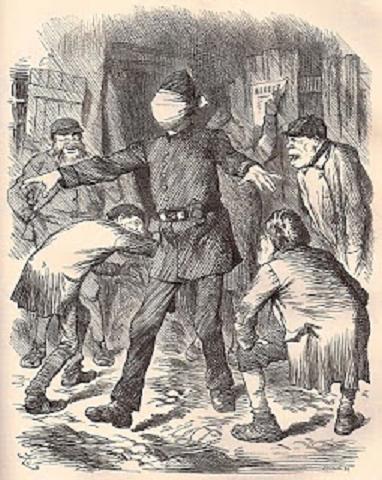
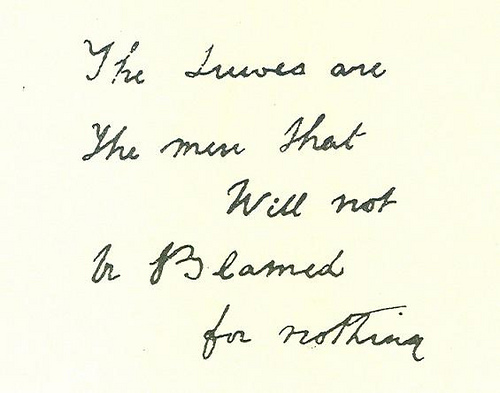
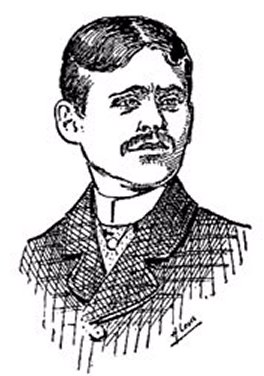
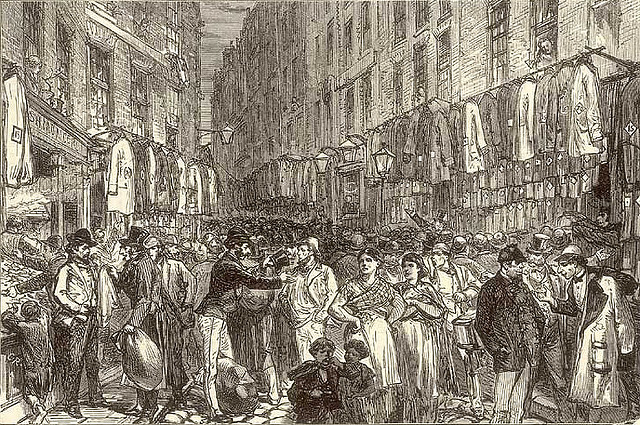
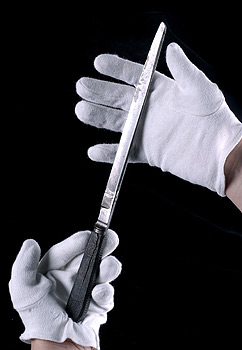








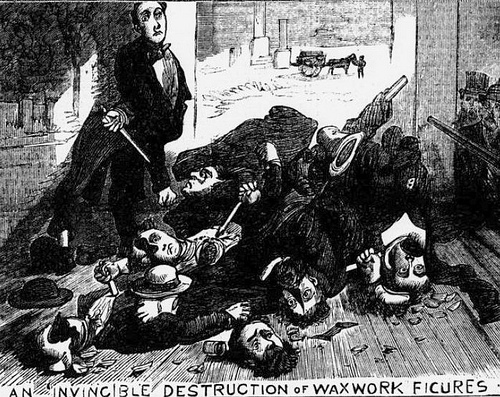

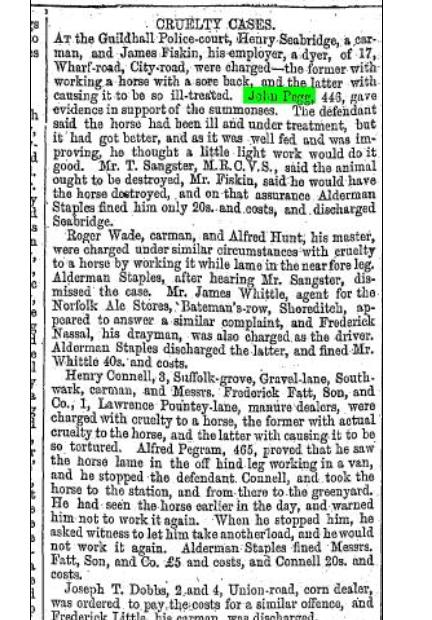
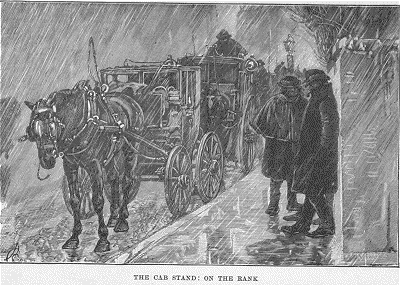
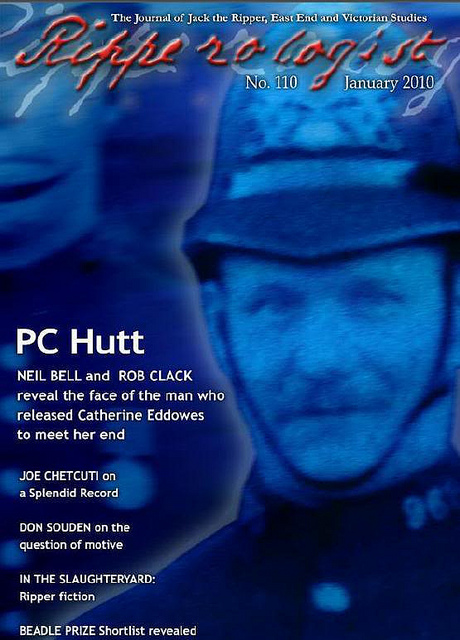

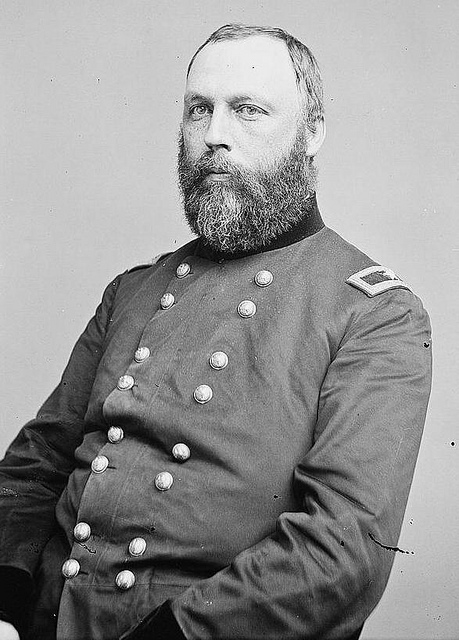
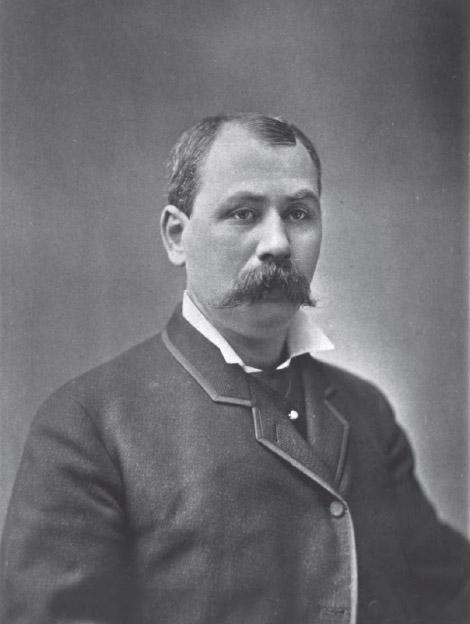
Recent Comments